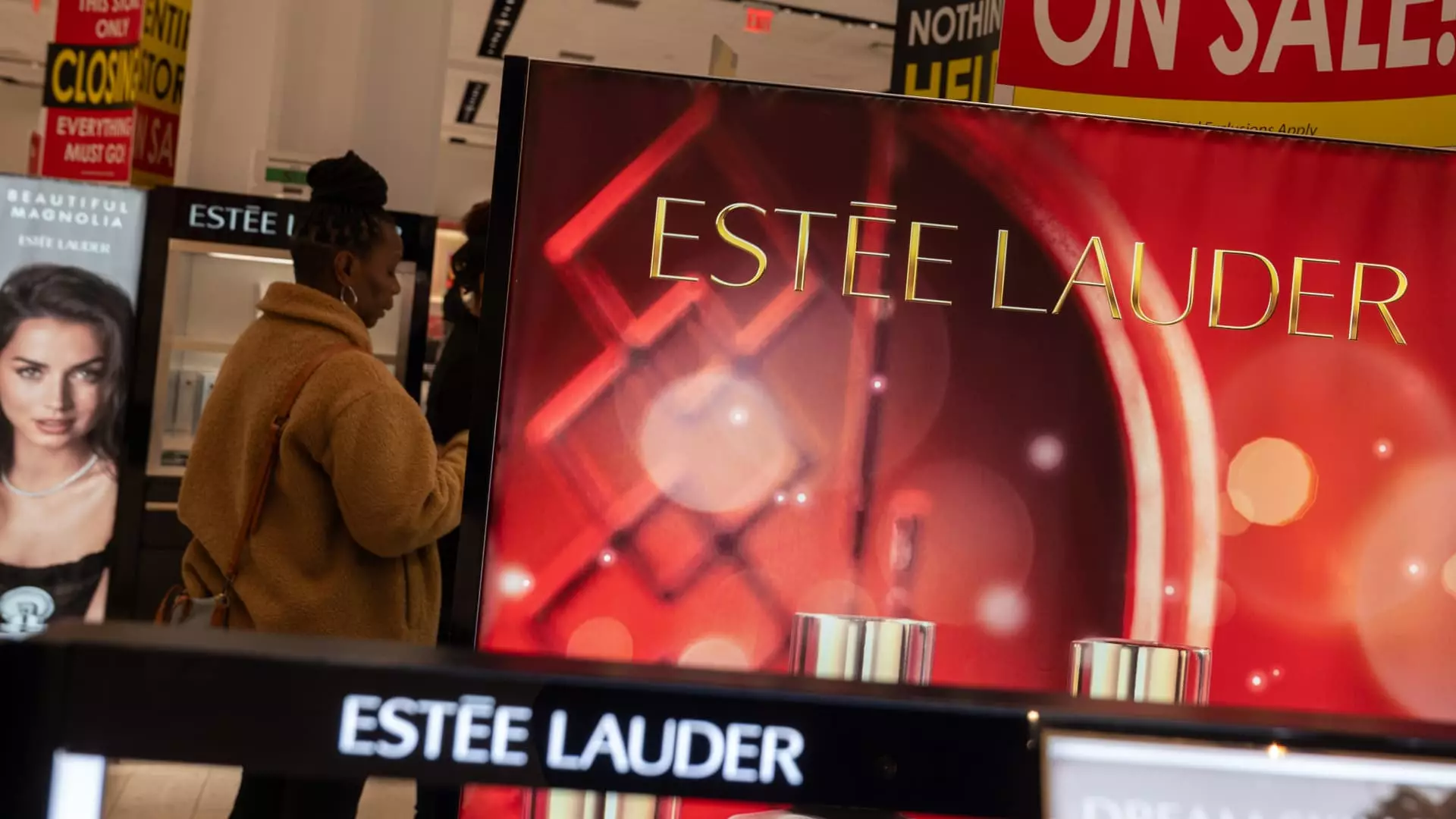The beauty sector experienced a significant downturn this week, with major brands like E.l.f. Beauty and Estee Lauder facing harsh consequences from disappointing earnings reports. This series of unanticipated financial results has shaken investor confidence and triggered widespread sell-offs, negatively impacting stock prices across the beauty spectrum.
E.l.f. Beauty faced one of its most tumultuous weeks since 2018, witnessing a staggering 29% drop in share prices over just five days. Although the company reported a revenue boost for its fiscal third quarter, it failed to meet expectations on adjusted earnings per share. In a significant reevaluation of its financial outlook, E.l.f. reduced its full-year sales guidance from a range of $1.32 billion to $1.34 billion, down to only $1.3 billion to $1.31 billion. CEO Tarang Amin emphasized the broader decline in the cosmetics industry, noting a 5% drop in demand during January. He linked this to fading interest in beauty products following the holiday shopping frenzy, which is a worrisome indicator for a sector that thrives on seasonal sales spikes.
The situation worsened for Estee Lauder, which saw its shares plummet by 22% over the week, marking its sharpest decline since last November. Despite reporting better-than-expected revenue and earnings results for their second quarter, the company announced it would be laying off between 5,800 and 7,000 employees by the end of fiscal 2026. This decision, coupled with the anticipated negative impact from dampened travel retail sales in Asia, intensified the stock’s decline. CEO Stéphane de La Faverie’s admission of lost agility in adapting to growth opportunities offered a candid view into the challenges the brand faces in an evolving marketplace.
Other beauty retailers like Ulta Beauty and Coty also felt the heat, with Ulta seeing a 9% decline and Coty almost an 8% drop in their stock values. Ulta has yet to recover from this week’s pressures, marking its worst week since April, while Coty’s performance mirrors a similar trend, echoing caution in investor sentiment across the beauty stock landscape.
The beauty market isn’t just battling internal issues; it is also contending with external economic factors that threaten profitability, particularly trade tariffs. Recent announcements from China regarding tariffs on selected U.S. imports, prompted by the Trump administration’s own tariff implementations, have further raised concerns. Notably, E.l.f. manufactures approximately 80% of its products in China, opening the door to potential profit erosion. CEO Amin expressed a certain relief at the relatively lower 10% tariff, which contrasts sharply with the initially proposed rates of up to 60%.
The challenges faced by major beauty brands reflect broader trends within the retail landscape, marred by changing consumer preferences and external economic pressures. Long-term adaptability will be crucial in navigating this multifaceted crisis.


Leave a Reply